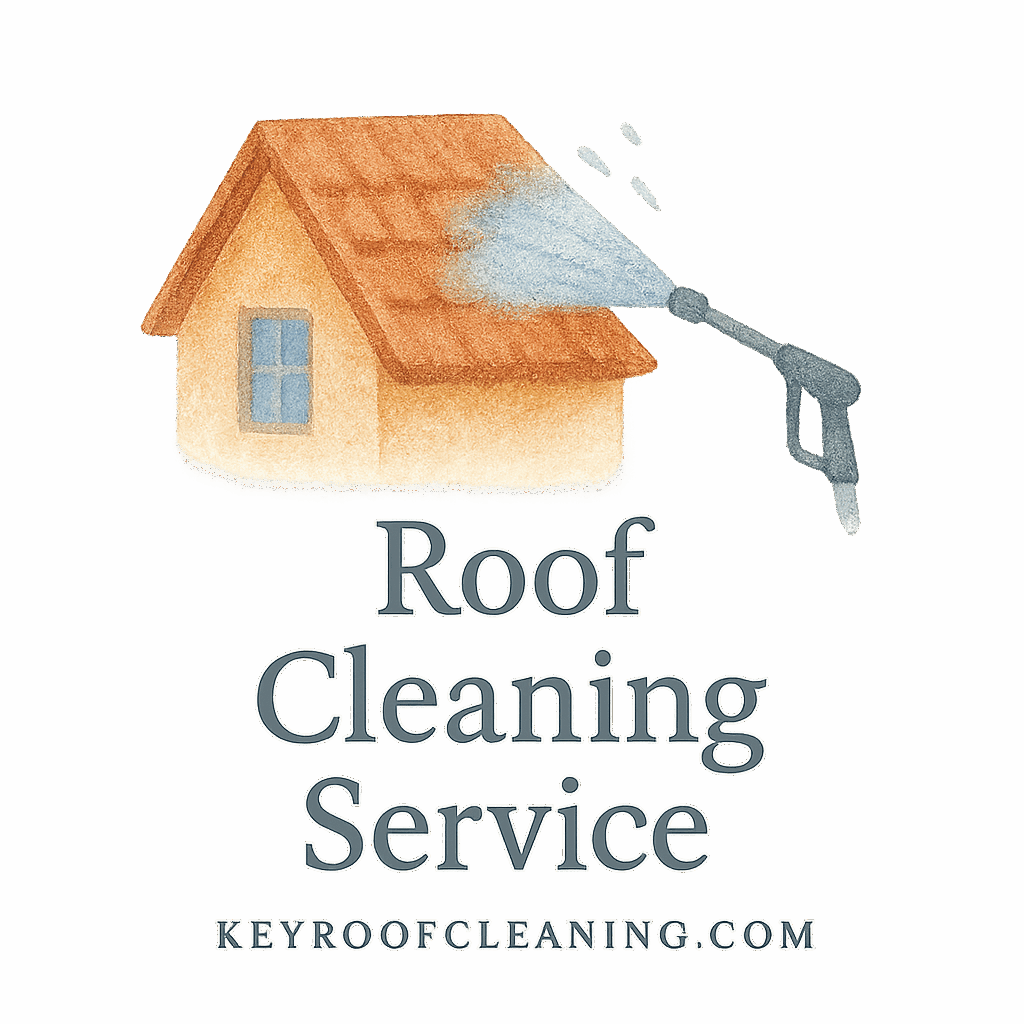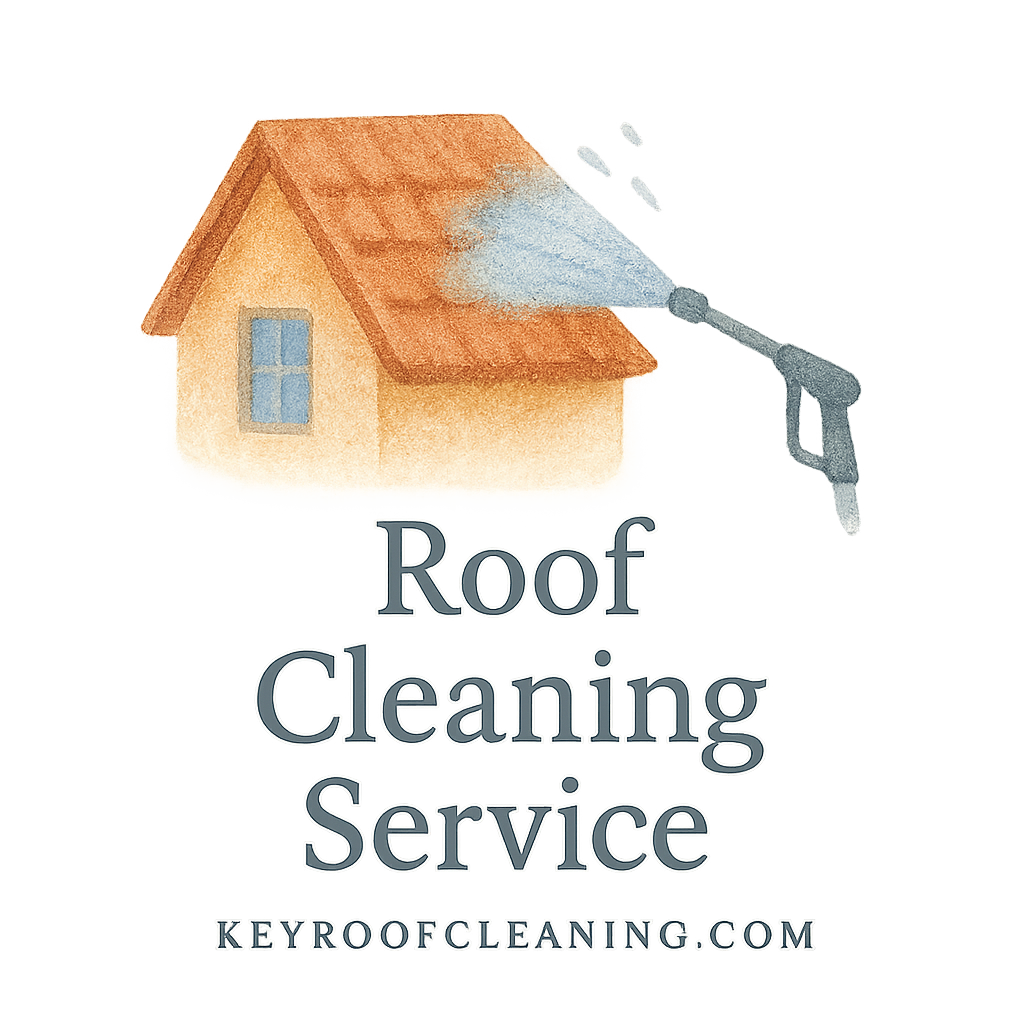Introduction: Why Roof Cleaning Matters
Have you ever looked up at your roof and noticed black streaks, mossy patches, or a general dingy appearance? That’s your home crying out for help. Roof cleaning isn’t just about curb appeal—it’s about extending the life of your roof, preventing damage, and even saving money on repairs.
Neglecting this crucial task can lead to mold growth, leaks, and structural decay. But don’t worry—whether you’re a homeowner or a property manager, we’ve broken down the top roof cleaning methods used by professionals to help you get started.
Want to understand the basics before diving in? Check out our guide on the basics of roof cleaning.
Understanding Roof Types and Cleaning Needs
Before jumping into cleaning methods, it’s important to understand your roof type. Different materials require different care.
Asphalt Shingles
The most common roofing material in the U.S., asphalt shingles are affordable and versatile—but they’re also prone to algae and moss growth. They need a gentler touch.
Tile Roofs
Often found in warm climates, tile roofs are gorgeous but fragile. Professionals prefer low-pressure or chemical methods to avoid cracking tiles.
Metal Roofs
Durable and long-lasting, metal roofs can handle more aggressive cleaning—but even then, care must be taken to avoid corrosion or coating damage.
Curious how cleaning methods align with different roof materials? Visit our roof types & materials guide.
Top 10 Professional Roof Cleaning Methods
1. Soft Washing
Soft washing is the most recommended and widely used technique by pros.
How It Works
It uses low-pressure water mixed with specialized cleaning solutions to safely remove mildew, algae, and grime.
Best For…
- Asphalt shingles
- Tile roofs
- Homes near coastal or humid environments
Learn about the science behind this method in our roof cleaning techniques article.
2. Pressure Washing
A high-powered method that uses strong water jets to blast away dirt.
Why Caution is Critical
It can cause severe damage to delicate roofing if done incorrectly. That’s why it’s rarely used on shingles or tiles.
When to Use It
- Metal or concrete roofs
- Stubborn stains and build-up
Read more on cleaning methods that match your roof type.
3. Chemical Cleaning
Professionals often use specially formulated solutions to dissolve grime without scrubbing.
Key Products Used
- Sodium hydroxide
- Sodium hypochlorite
- Ammonium compounds
Environmental Considerations
While effective, these chemicals can be harmful to plants, pets, and waterways. That’s why eco-friendly alternatives are gaining popularity.

More on tools and products for professional cleaning.
4. Eco-Friendly Solutions
Green is in—and it’s not just about moss.
Benefits of Biodegradable Options
- Safe for your garden and pets
- Long-term sustainability
- Reduced runoff toxicity
Discover more on biodegradable and green living cleaning methods.
5. Steam Cleaning
Harnessing the power of heat, steam cleaning is chemical-free and efficient.
Heat as a Weapon Against Moss and Mold
The steam penetrates deep into the surface, killing moss spores and bacteria without harming the roofing material.
Learn how this method benefits the environment.
6. Manual Scraping and Brushing
Sometimes, good ol’ elbow grease is all you need.
Where Precision Matters Most
Ideal for delicate roofs or when removing specific patches of moss or lichen.
Make sure to follow our checklist before attempting DIY.
7. Zinc and Copper Strip Installation
This isn’t a cleaning method per se—but it’s a pro tip for prevention.
Preventing Future Growth
When it rains, zinc and copper react with water to create a solution that prevents moss and algae growth.
A long-term sustainability win.
8. Bleach-Based Cleaning
This method uses sodium hypochlorite—basically industrial-strength bleach.
Pros and Cons of Using Sodium Hypochlorite
- ✅ Highly effective
- ❌ Toxic to surrounding greenery and risky for improper use
Not sure if this fits your home? Consider consulting a professional service.
9. Enzyme Cleaners
These are non-toxic, organic solutions that “digest” organic buildup on your roof.
Natural and Non-Toxic Choices
Perfect for green methods enthusiasts who want results without harsh chemicals.
Eco-minded? You’ll appreciate our guide on green living.
10. Hiring Professional Roof Cleaners
Sometimes, it’s best to call in the experts.
How to Choose the Right Service
- Check reviews
- Verify insurance and licenses
- Ask about experience with your roof type
Use our guide on hiring tips to choose smart.
Roof Cleaning Safety and Maintenance Tips
Ladder and OSHA Safety
Cleaning a roof isn’t worth a trip to the ER. Always follow ladder safety practices and stay OSHA-compliant.
Explore more on maintenance and safety.
Routine Maintenance Checklist
Keeping your roof clean isn’t a once-and-done task.
- Inspect bi-annually
- Clean gutters
- Remove overhanging branches
- Address small leaks fast
Download a printable checklist for seasonal maintenance.
Conclusion
Whether you’re tackling mold, battling moss, or just want your roof to look brand new, professional roof cleaning methods are your best bet. From soft washing to enzyme treatments and everything in between, there’s a technique suited for every roof and every homeowner.
And if all this sounds overwhelming, there’s no shame in calling the pros. After all, your roof is your home’s first line of defense—treat it with the care it deserves.
Ready to get started? Dive deeper into everything you need to know at Key Roof Cleaning.
FAQs
1. How often should I clean my roof?
Ideally, every 1-2 years depending on climate and roof type.
2. Is pressure washing safe for all roofs?
No, especially not for shingles or tile. Stick to soft washing unless it’s a metal roof.
3. What’s the most eco-friendly roof cleaning method?
Enzyme cleaners and biodegradable solutions win here.
4. Can I clean the roof myself?
Yes, but only if you’re confident with safety and know the right method for your roof type.
5. Are chemical cleaners bad for the environment?
They can be. Always opt for eco-friendly or biodegradable alternatives when possible.
6. What are zinc strips, and do they really work?
Yes! They prevent moss and algae from returning and are a smart long-term solution.
7. How do I hire a reliable roof cleaner?
Look for insured, experienced professionals. Our hiring tips can help you choose wisely.


